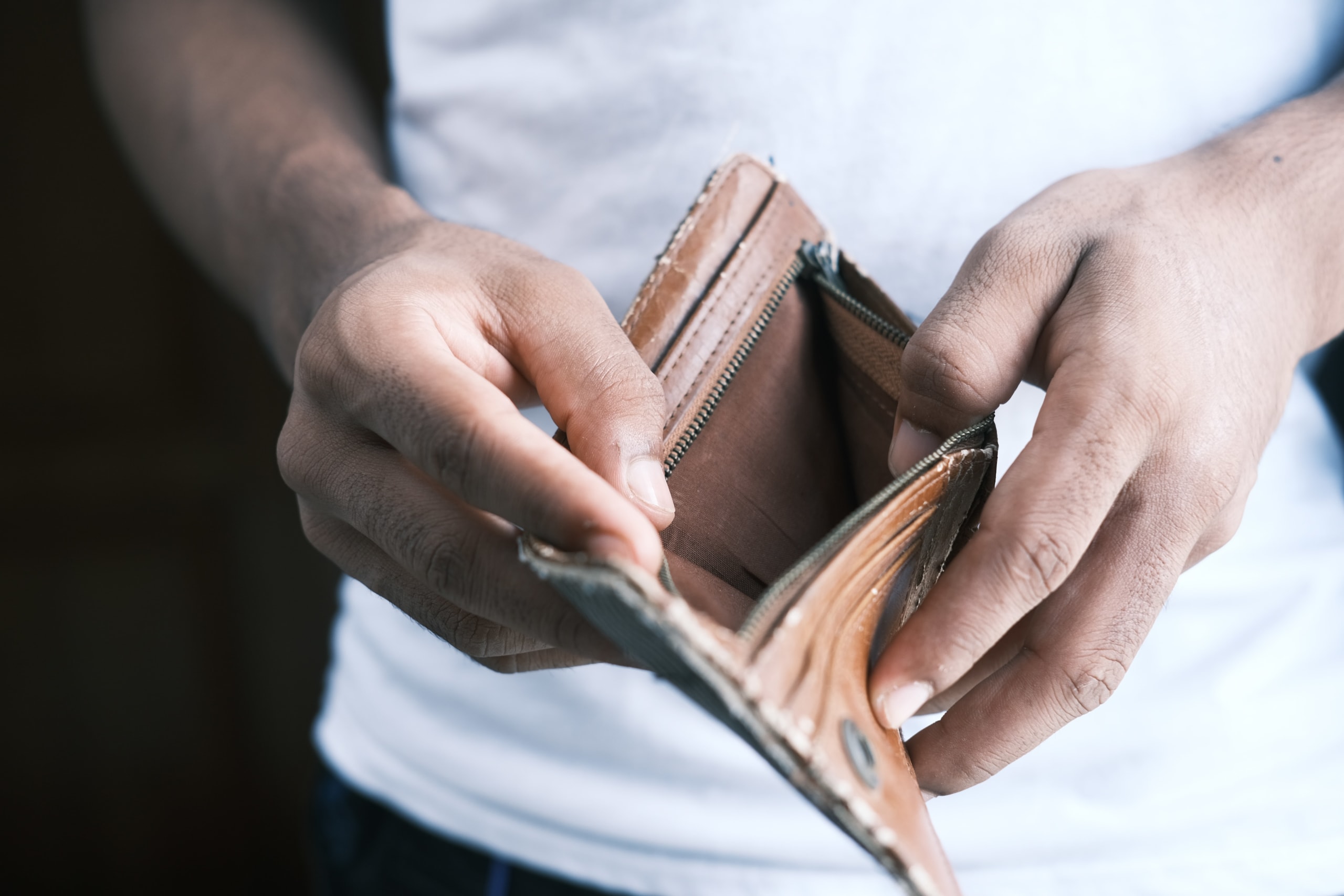Friday, August 20th, 2021

No matter the reason, personal debt problems can be devastating. They can lead to depression, guilt, shame, anxiety, and problems with relationships. Also, these debt issues often result in individuals feeling the need to hide and even lie about money. Therefore, in the very worst (or perhaps in some circumstances, the very best), personal bankruptcy may be a debt relief option to consider.
What Leads to Personal Bankruptcy?
While debt can stem from a lapse in judgement, no one wants to end up in that situation. More often than not, Americans find themselves burdened with debt because life threw them an unexpected and expensive situation. Medical costs are one of the biggest culprits.
According to Bankrate’s January Financial Security Index, fewer than 40% of Americans can easily cover an unexpected $1,000 in expense. Compare that to the cost of a hospital. Debt.org reports that the average hospital cost per day is $2,607 per day – over $9,000 if you stay overnight. So then, it’s no wonder why medical bills still remain the greatest reason for seeking debt relief in the bankruptcy courts. Over 66.5% of all bankruptcies are tied to medical problems.
In addition, credit is pervasive in today’s world. Families and individuals borrow for cars and homes while also extending credit in the form of credit cards, utility and insurance agreements, and more. That dependency results in nearly half of U.S. adults, around 47%, owing some level of credit card debt, based on a creditcards.com 2020 survey.
But why is that? Well, it’s almost too easy to slip into a place where monthly expenses and debts use up or exceed the household income. A tight budget can result from living too close to the line, not planning carefully, or not saving sufficiently. In addition, over obligating through reliance on credit provides a false sense that things are ok.
And this goes on until the day that someone is diagnosed with a life-changing illness, one working party loses a job, or a divorce ensues. Even something as small as the breakdown of the dryer can cause a final setback. When this day comes, and no more lines of credit use are available, debtors face the worst of possible outcomes. This is the collision of errors in judgment and life.
Bankruptcy Explained
So, what to do and where to go if this is your reality? When all remedies are exhausted, such as borrowing from family, refinancing a home, and getting part-time work, some may find that turning to one or the other forms of personal bankruptcy makes sense. After struggling with debt and all of its negative effects for so long, many consumers have found that legal remedies can provide emotional relief and the opportunity to start fresh.
It’s best to visit first with a reliable financial coach or counselor who can talk through the options and alternatives for consideration. The National Foundation for Credit Counseling (NFCC) offers people in debt valuable credit counseling resources.
If personal bankruptcy seems the best solution, there’s still a need to understand the types of personal bankruptcy available, how they each work, and what the requirements are ahead of the actual filing.
Types of Bankruptcy and the Process
There are two kinds of personal bankruptcy. In simple terms, they are:
· Chapter 13 (repayment or wage earners plan) – a consumer must have income to participate in this plan in order to repay the debt
· Chapter 7 (discharge or liquidation plan) – assets may be sold in order to repay debts
Personal bankruptcies are handled with an attorney in a federal court according to the rules and processes laid out by laws overseen by the U.S. Trustee Program.
Filing either form of personal bankruptcy requires that the consumer work through an approved credit education organization. There they will receive pre-approval counseling and post-filing education. The U.S. Trustee Program also has a list of approved organizations and courses.
Keep in mind: your credit rating will most likely take a hit with either form of personal bankruptcy. But think about it; when debts go unpaid, the credit rating usually sustains a negative impact already.
The Takeaway
Although bankruptcy has never been considered the best option a family or individual might pursue to resolve debt problems, balancing the holistic needs of the family is the most important consideration of all.
The emotional relief provided through personal bankruptcy may be all that’s needed to once again garner the energy to face life’s challenges and opportunities.